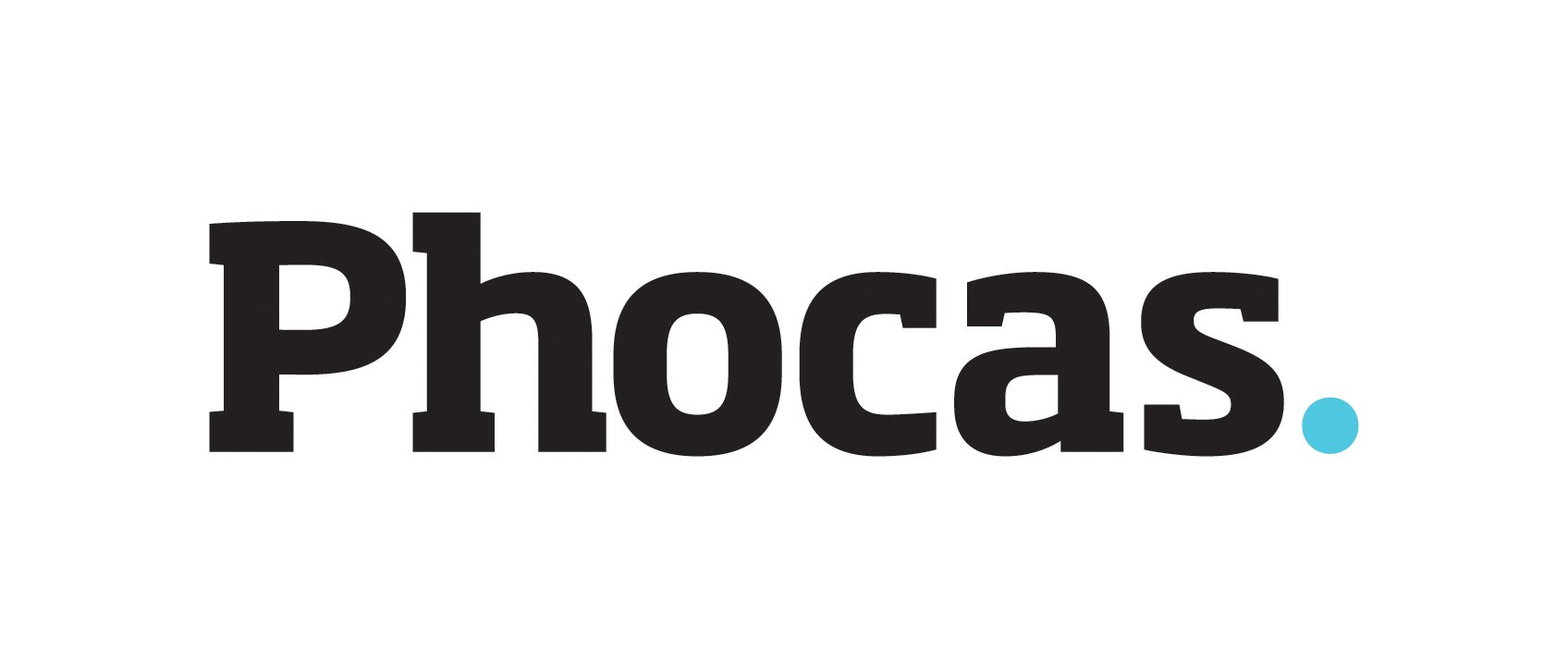SAP ECC 6.0
Filter By
Browse By
- SAP Analytics and AI
- SAP Application Development and Integration
- All SAP Application Development and Integration
- SAP ABAP
- SAP ABAP Development Tools
- SAP ABAP Test Cockpit
- SAP API Management
- SAP BAPI
- SAP Basis
- SAP BRF
- SAP Business Application Studio
- SAP CMS
- SAP Design Studio
- SAP Development Tools
- SAP DevOps
- SAP EAI
- SAP EDI
- SAP Extension Suite
- SAP Fiori
- SAP Fiori Elements
- SAP Integration Suite
- SAP Low Code Application Development
- SAP Low Code Automation
- SAP Netweaver
- SAP Release Management
- SAP UI5
- SAP Web Application Server
- SAP Web IDE
- SAP Business Process Management
- SAP Center of Excellence
- SAP CIO
- SAP Customer Experience
- SAP Data and Data Management
- All SAP Data and Data Management
- SAP BW
- SAP BW/4HANA
- SAP Crystal Reporting
- SAP Data Archiving
- SAP Data Center
- SAP Data Governance
- SAP Data Integration
- SAP Data Migration
- SAP Data Quality
- SAP Data Services
- SAP Data Strategy
- SAP Data Visualization
- SAP Data Warehouse Cloud
- SAP DMS
- SAP Document Control
- SAP EIM
- SAP ETL
- SAP ETL Tools
- SAP HANA
- SAP HANA Administration
- SAP HANA Deployment Infrastructure
- SAP HANA Studio
- SAP Master Data
- SAP Master Data Governance
- SAP MDM
- SAP Enterprise Architect
- SAP Enterprise Asset Management
- SAP ERP
- SAP Finance
- All SAP Finance
- SAP Accounting
- SAP AR AP
- SAP Asset Accounting
- SAP Billing Systems
- SAP BPC
- SAP BRIM
- SAP Cash Management
- SAP Central Finance
- SAP Controlling
- SAP COPA
- SAP Cost Center Accounting
- SAP e-invoicing
- SAP FICO
- SAP Finance Automation
- SAP Financial Closing Cockpit
- SAP Financial Consolidation
- SAP Financial Planning
- SAP FX Risk
- SAP General Ledger
- SAP Global Tax Management
- SAP Hyperion
- SAP Order to Cash
- SAP Payment Processing
- SAP Profitability Analysis
- SAP Rebate Management
- SAP S/4HANA Finance
- SAP Universal Journal
- SAP Governance Risk and Compliance
- SAP Human Capital Management
- SAP Intelligent Technologies
- SAP Platform and Technology
- All SAP Platform and Technology
- SAP Business Technology Platform
- SAP Cloud Connector
- SAP Cloud Integration Platform
- SAP Cloud Migration
- SAP Cloud Platform
- SAP Cloud Providers
- SAP Cloud Strategy
- SAP Container Platform
- SAP Digital Asset Management
- SAP Digital Integration Hub
- SAP Digital Signature
- SAP HANA Enterprise Cloud
- SAP HEC
- SAP Hyperscalers
- SAP Infrastructure
- SAP Messaging
- SAP Smart Forms
- SAP Quality and Testing
- SAP Security
- SAP Spend Management
- SAP Supply Chain Management
- All SAP Supply Chain Management
- SAP APO
- SAP Asset Management
- SAP Business Network
- SAP Digital Manufacturing Cloud
- SAP Digital Twin
- SAP EWM
- SAP IBP
- SAP Inventory Management
- SAP Label Printing
- SAP Logistics
- SAP Manufacturing
- SAP Manufacturing Automation
- SAP MES
- SAP MII
- SAP MM
- SAP MRO
- SAP MRP
- SAP Order Management
- SAP Plant Maintenance
- SAP PLM
- SAP Production Planning
- SAP S&OP
- SAP SD
- SAP SPM
- SAP Supply Chain Planning
- SAP Track and Trace
- SAP Transportation Management
- SAP System Administration
What is SAP ECC 6.0?
SAP’s first client/server business application software suite was SAP R/3, where the “R” stood for “real-time data processing” and the 3 represented “3-tiers” — database, application server, and client. There were four major releases SAP R/3 between 1992 and 2003. In 2004, a newer version of the software with a revised architecture was released and was renamed SAP ERP Central Component (ECC). This was commonly referred to as SAP ECC 5.0. SAP ECC 6.0 was first launched in 2005 and received eight major enhancement packages before the product was replaced by SAP S/4HANA in 2015. The last major release of SAP ECC was SAP ECC 6.0 EHP 8, generally available in 2016.
What is SAP ECC 6.0?
SAP’s first client/server business application software suite was SAP R/3, where the “R” stood for “real-time data processing” and the 3 represented “3-tiers” — database, application server, and client. There were four major releases SAP R/3 between 1992 and 2003. In 2004, a newer version of the software with a revised architecture was released and was renamed SAP ERP Central Component (ECC). This was commonly referred to as SAP ECC 5.0. SAP ECC 6.0 was first launched in 2005 and received eight major enhancement packages before the product was replaced by SAP S/4HANA in 2015. The last major release of SAP ECC was SAP ECC 6.0 EHP 8, generally available in 2016.
Like other ERP solutions, SAP ECC 6.0 contains modules for finance, human resources, procurement, product development, marketing, sales, service, IT, and supply chain management. At one point SAP indicated that there were over 40,000 enterprise ERP customers running either SAP ECC or SAP Business Suite, a broader package of which SAP ECC formed the core modules. SAP announced in early 2020 that mainstream maintenance for SAP ECC 6.0 would conclude at the end of 2027, though premium maintenance would be available for three years following that date. SAP encourages SAP ECC 6.0 customers to move to SAP S/4HANA.
Key Considerations for SAPinsiders:
- Organizations should begin planning to replace their SAP ECC 6.0 systems. Even if you’re still running SAP ECC 6.0 as your primary ERP system, there are many reasons why you should consider planning for the move to SAP S/4HANA. While the approaching end of mainstream maintenance is a significant factor, many organizations are also looking at the move to SAP S/4HANA as an opportunity to update business processes and streamline customizations that may hinder flexibility. This articlewalks though points to consider when beginning your preparations for a move away from SAP ECC 6.0.
- While there are preparations that need to be made for the move to SAP S/4HANA, there are several tools that can be leveraged to streamline that process. Implementing a new ERP system is a significant task for most organizations and can involve months of planning and preparation at a minimum. While the actual process involved may have changed slightly since this question and answer session was conducted, four experts from SAP talk about what it takes to move from SAP ECC 6.0 to SAP S/4HANA and best practices for making that move successful.
11 results
-

- SAP ECC 6.0
 Premium
Premium
SAP ECC 6.0 Extended Warehouse Management Enhances Cross-Docking
Reading time: 10 mins
Understand the concept of cross-docking in logistics and warehousing scenarios and find out its main benefits. Learn how SAP ERP Central Component 6.0 Extended Warehouse Management can help you simplify and improve cross-docking in warehouse operations with these tips. Key Concept Cross-docking is a goods flow-through process in which inbound goods are directly used for…...…
Featured Insiders
-

Chanda Verma
SAP Director, Perigee Solutions Inc.
-

Narasimha Prasad Bhat
Independent Consultant
-

Sparsh J Varsani
SAP Consultant
Become a Member
Unlimited access to thousands of resources for SAP-specific expertise that can only be found here.
Upcoming Events
Related Vendors
Your request has been successfully sent


